
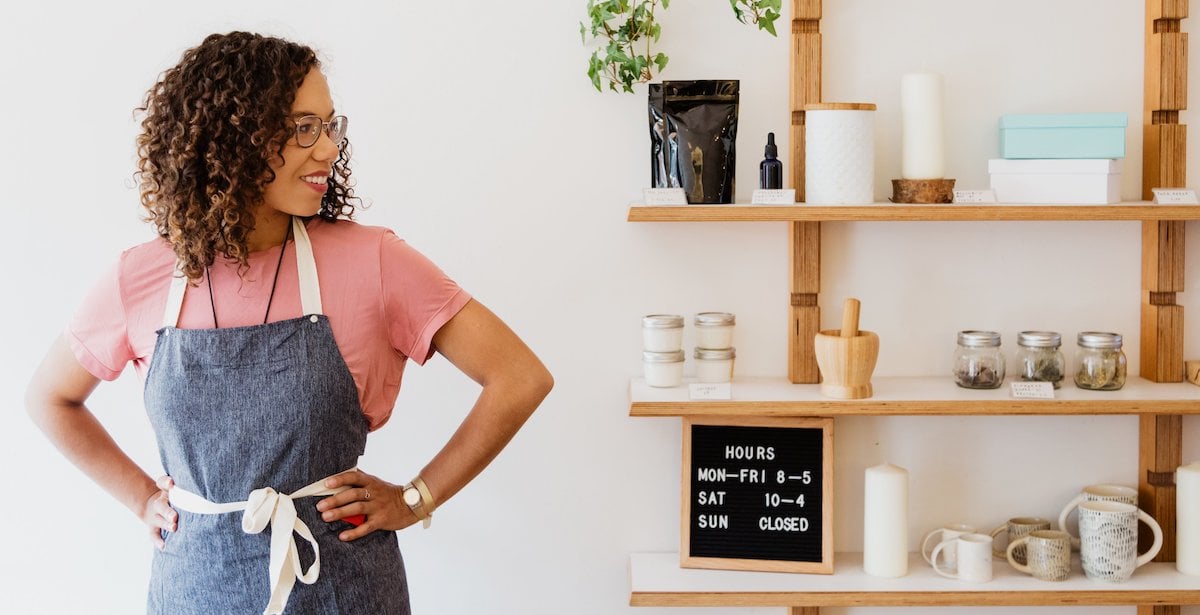
Omnichannel retail trends will continue to shape the retail landscape in 2021. Consumers are continuing to demand exceptional customer experience, both online and in-store. It also includes the transition between the two. If there’s friction, you risk losing customers. Omnichannel marketing provides a seamless transition for your customers.
So what do you need to be implementing in your business? After helping hundreds of businesses build successful omnichannel marketing plans, we can see the trends emerging. We know what is going to turn visitors into customers, increase customer loyalty and improve revenue. Here are the important trends to watch and how to implement them.
Quick links:
What is omnichannel retailing8 Omnichannel retail trends to follow in 2021
Increased digital transformation
Shopping-enabled social media experience
Bridging the gap between the online and offline experience
Contactless customer experience
Increase in personalized shopping experience
Wide use of digital payments
Driving store traffic via mobile promotions and loyalty programs
Increased use of AI and Machine learning
Final words
What is omnichannel retailing?
Omnichannel retailing is a retail strategy that integrates all of your offline and digital channels. By taking a customer-centric approach, high-touch shopping experiences take place across multiple channels.
For example, when retailers integrate these channels, customers can check inventory online before heading in-store to complete their purchases. This creates a positive customer experience which drives customer loyalty. And the more loyal your customers are, the more likely they are to become brand advocates.
Omnichannel marketing ensures that customers receive a cohesive shopping experience. By creating a seamless experience between sales and marketing channels, you can build trust and brand engagement.
8 Omnichannel retail trends to follow in 2021
The major retail omnichannel trends that we are seeing are an increase in the rate and amount of change. Customers want to purchase in new places and in new ways, especially contactless methods. Personalization and loyalty are creating better customer experiences. These can be driven by machine learning and AI technologies. Here are the key trends to follow and embrace:
1. Increased digital transformation

Retail digital transformation has accelerated in the last year. Those that didn’t have a digital presence suddenly found that they needed to set up a website, ordering platform, or digital communications strategy. This trend will continue as businesses see benefits and customers continue to expect digital offerings.
Your business needs to be set up for digital experiences. This way as shoppers transition across your different channels, their customer experience can be continually refined and improved. Processes that were once hastily set up can now be rethought and improved. By using data from existing customer experiences, you can tailor these processes to become exceptional.
2. Shopping-enabled social media experience
Social media has become a great way to show off your products, grow your audience, provide customer support and drive traffic to your website. While it’s still a powerful tool for enabling all of these things, it's also developed into so much more. Increasingly, businesses and ensure their social media channels are shopping enabled, meaning their customers don’t need to leave the platform they're browsing from to make a purchase.
Social media retail is more seamless than taking them onto your website to complete the transaction. The more friction you can remove, the higher your conversion rate will be. You can even go one step further and, if it's in your marketing strategy, make the most of influencers by making their posts shoppable. All of this provides you with more data on which posts are driving the most sales while also improving the customer experience.
Let's see this in action.
Sustainable Tomorrow is an innovator of environmentally-friendly bamboo electric toothbrushes based in Ireland. They maximize the impact of their eCommerce store by making use of Shopify's Facebook integration, giving shoppers the ability to make a purchase straight from the company's Facebook page.
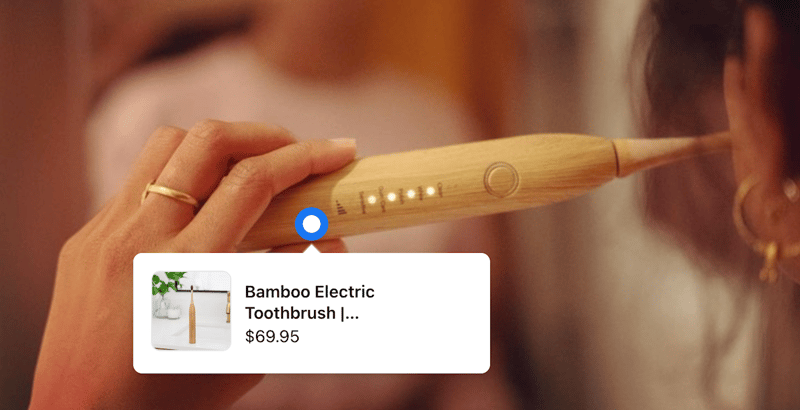
By removing steps from the shopping process, Sustainable Tomorrow is able to elevate its customers' experience with the brand and hit the ground running with positive customer relationships. From here, it's much easier for the brand to nurture customer loyalty and maximize their customer lifetime value. We can't wait to see Sustainable Tomorrow's growth with their bamboo electric toothbrushes and other sustainability-focused products.
3. Bridging the gap between the online and offline experience
Augmented reality is a great way to blend online and offline experiences. It allows customers to view products to see how they’ll look in real life. You can use this for virtually trying on make-up, clothing, or shoes. Or allow customers to see how home furnishings or televisions will look in their space.
Integrating mobile experiences into your retail store can help make the shopping process faster for customers. Large format or big-box retailers can help guide customers to the exact aisle where the product they’re looking for is located. Or utilize click-and-collect to speed up check-out processes.
Let’s look at an example from a big player.
AllBirds took the world by storm with their revolutionary wool sneakers – but for a long time, they were solely an eCommerce store. Even now, their brick-and-mortar stores aren’t available in every country that they ship to. So how can their customers get an idea of the product in action? How will it look on them and does it suit their style or needs? Recently, AllBirds released their own app which allows customers to try the sneakers on with AR technology.
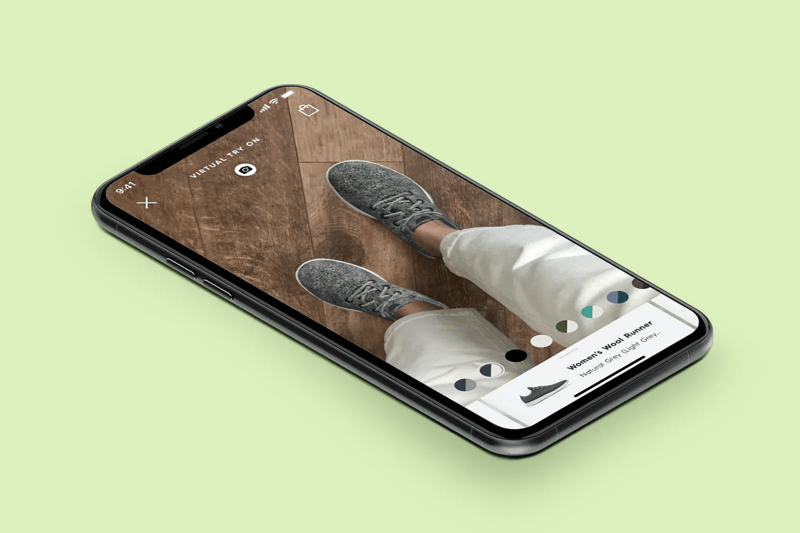 Source: AllBirds
Source: AllBirds
What did the multinational retailer have to say about the exceptional addition to their customers’ shopping experience?
“Shopify continues to be a very important partner, but as a vertical retailer, we understand the importance of providing unique, brand-aligned experiences for our customers,” an Allbirds rep told Retail Brew.
4. Contactless customer experience
The COVID-19 experience for many retailers has been tough. However, it has encouraged the adoption of some technological advances. Especially around contactless shopping and omnichannel retailing. This can range from paying via an app for in-store purchases to curbside pick-up.
Setting up digital customer loyalty programs is a great way to implement a contactless customer experience in your business. Reducing the need for loyalty or stamp cards means one less physical interaction. It also allows you to improve your loyalty system with better tracking, segmentation, and data collection. This can help you with targeted marketing campaigns in the future.
5. Increase in personalized shopping experience
Understanding your customers and providing them with tailored messaging is becoming increasingly important. It’s also easy to implement with the right omnichannel marketing platform. Utilizing the data you collect from customers online and in-store allows you to reach out with relevant, timely information.
Creating tailored messaging can mean reaching out with specific offers that you know are likely to trigger a purchase. Automation allows you to use triggers such as unredeemed discounts or loyalty points to make contact with valuable information. This personalized shopping experience makes customers more likely to engage with your SMS and email marketing.
Let’s look at another augmented reality example to understand how AR can be used to create a personalized shopping experience – particularly in these post-pandemic times where travel is largely inaccessible but personal interaction is craved so deeply.
Vivant Wines have gone above and beyond to create a customer experience that will leave any shopper buzzing. At-home, personalized wine tasting through a dedicated Vivant-created platform!
Michael Baum, owner and creator at Vivant, was motivated to “recreate the magic of wine experiences without the carbon footprint of physical travel.” On creating the immersive experience, he said, “We have brought together an international team of wine educators, product designers, software engineers, and media producers to create a new platform where people can meet responsible winemakers around the world and taste their wines alongside expert wine advisors, wherever they are.”
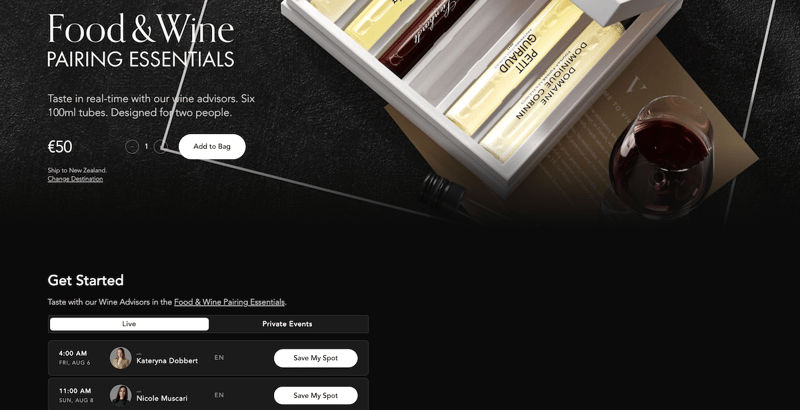
Source: Vivant Wines
Customers purchase an ‘experience kit’ through Vivant's website, selecting a variety of wine tasters such as 'Food and Wine Pairings'. Each listing includes a summary of each wine they'll receive and details on when the next online tasting session will occur. They’re then able to join the dedicated immersive tasting experience, offered through Vivant’s platform. In these sessions, customers are introduced to knowledgeable industry professionals and educated on the wines they’re tasting.
While this kind of example isn’t necessarily accessible to every retailer, it’s thinking outside the box and engaging customers in a new and enthralling way we love! It doesn’t get much more personalized than this. And with a clear customer funnel and purchase intent, it’s easy for Vivant to re-engage these customers and nurture their loyalty.
6. Wide use of digital payments
Digital payments were on the rise long before 2020. But it is one of the online retail trends that has picked up the pace. Many customers are using Apple Wallet or AliPay to be able to shop without their cards. Also, peer-to-peer platforms like Venmo and cryptocurrencies are becoming more widely accepted.
Customer demand is driving up the use of cashless alternatives. In 2017, the industry was worth $3 trillion. By the end of 2021, it’s estimated to be up to $6.6 trillion. Allowing your customers to pay how and when they want will increase sales.
7. Driving store traffic via mobile promotions and loyalty programs
Omnichannel marketing also needs to include triggers to encourage purchase. Customer loyalty programs are a simple way to drive customers back in-store or online to repurchase. Automated triggers, rewards, and reminders put your program on autopilot so that you know you are reaching your customers at the right time.
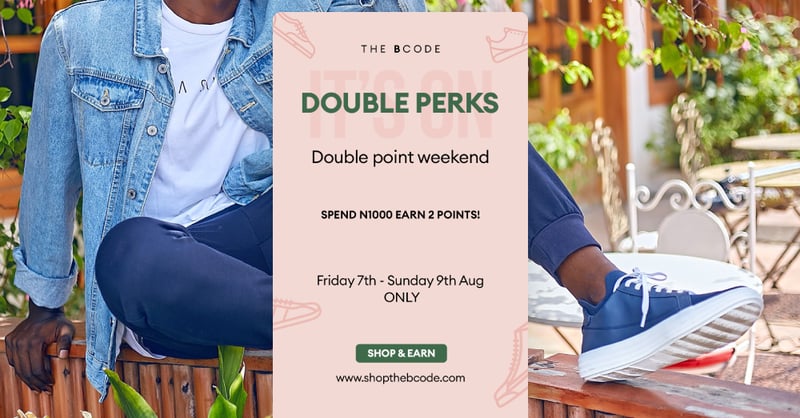
Using loyalty programs can help create buzz. bCODE, a brick-and-mortar destination for Skechers and Havaianas in Nigeria, did just this when they launched theirs. Utilizing a ‘double points’ campaign, they achieved a 20% open rate and a 94% increase in customer’s average loyalty points spent.
8. Increased use of AI and Machine learning
Machine learning and AI are allowing retailers to provide better personalization. By better understanding your customers, what they like, and what they need, you can provide them with tailored marketing. This enhances the overall customer experience, which leads to higher customer lifetime value.
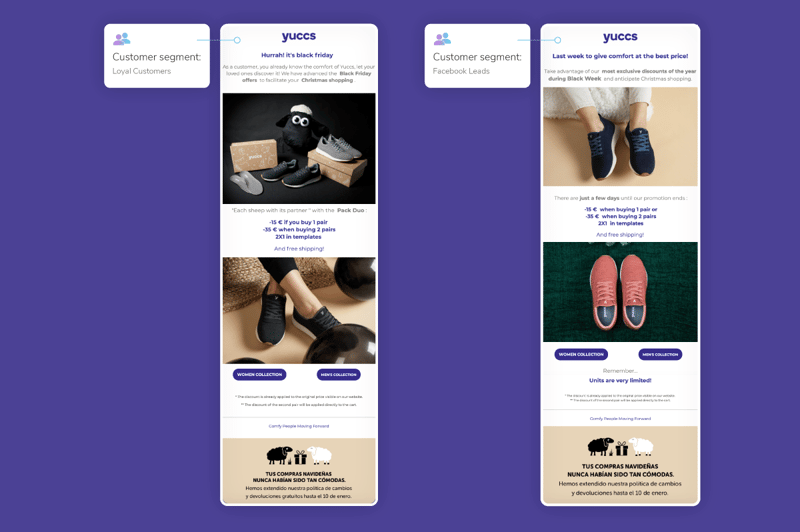
Yuccs, a sustainable and ultra-comfortable shoe brand, uses this approach to create powerful email marketing campaigns designed to engage different customer segments and increase conversions. For example, in 2019 they segmented clients based on multiple factors - lead origin as well as their existing interactions and purchases. This level of customer understanding and personalization saw a 38% revenue boost.
Final words
Omnichannel retail trends will continue to have an impact across the sector in 2021. Adopting these in your business can drive more traffic to your store or website. They can initiate sales, improve loyalty and increase customer lifetime value.
Understanding which of these options will work best for your business can be challenging. The team at Marsello can help you design and implement an omnichannel marketing strategy that is right for you. Get in touch with the team today to request a free demo.
